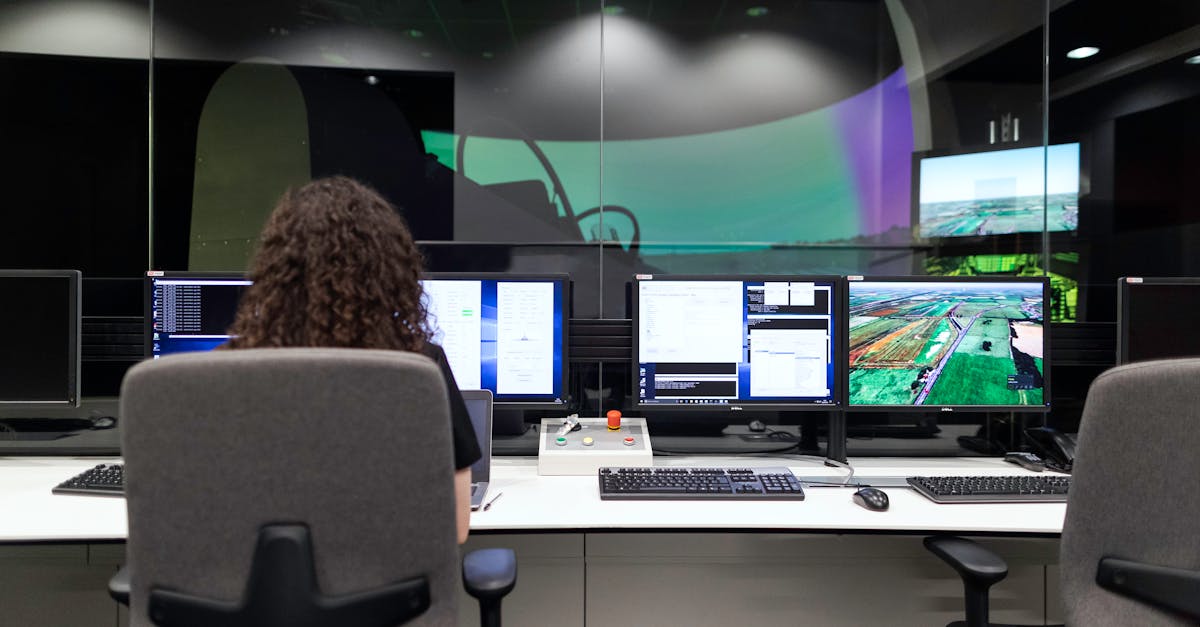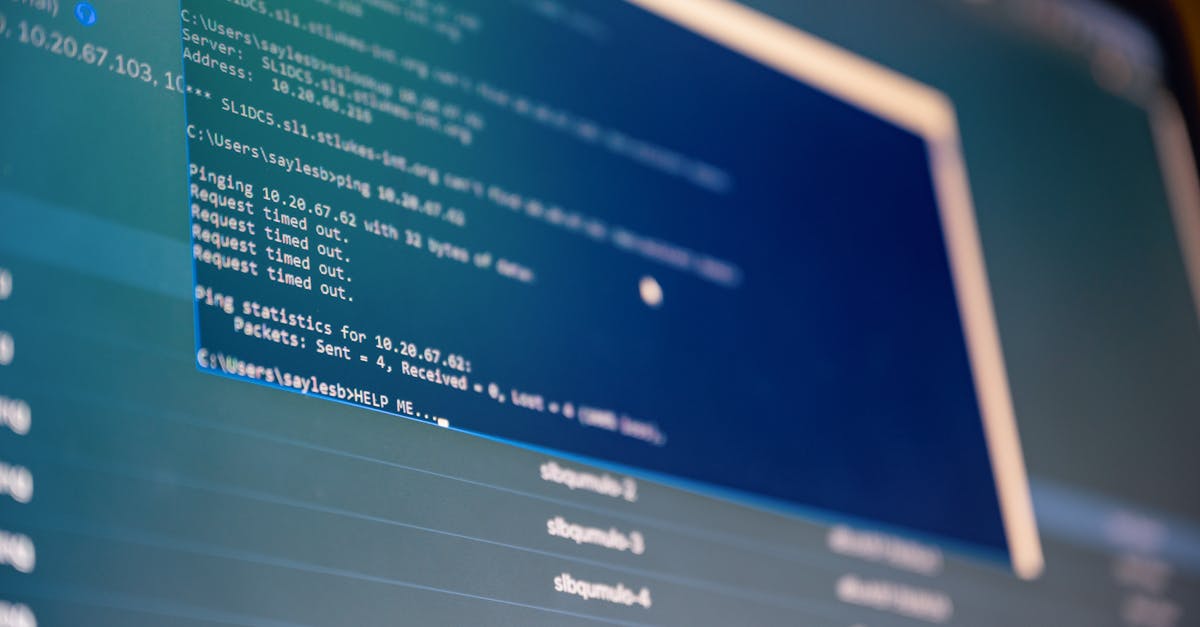Are you ready to jump into the world of Arduino and investigate the possibilities of using two software serial ports? If you’ve been searching for a way to expand your Arduino projects with multiple serial communication channels, Welcome – You have now found the perfect article.
We’re here to guide you through the ins and outs of using two software serial ports on your Arduino board.
Feeling the frustration of limited serial communication options on your Arduino projects? We understand the pain of trying to juggle multiple devices and sensors while being constrained by a single software serial port. Don’t worry, as we’re about to dissect a solution that will revolutionize your Arduino experience and open up a whole new area of possibilities.
With our skill in Arduino programming and hardware integration, we’re here to share a game-changing insight that will improve your projects to new heights. By useing the power of two software serial ports, you’ll be ready with to tackle complex communication tasks with ease and efficiency. Get ready to unpack the full potential of your Arduino projects with this innovative approach.
Key Takeaways
- Software Serial in Arduino enables the creation of additional serial ports using software for communication with external devices.
- Using two software serial ports in Arduino can improve project flexibility, performance, and resource management.
- It is critical to understand the limitations of using software serial, such as slower speed, interrupts, timing issues, and compatibility constraints.
- When putting in place two software serial ports, include the SoftwareSerial library, specify pin assignments, initialize ports with baud rates, and handle data communication effectively.
- Exploring the official Arduino documentation can provide more detailed ideas on optimizing and putting in place software serial ports effectively for Arduino projects.
Understanding Software Serial in Arduino
Software Serial in Arduino allows us to create additional serial ports using software to communicate with other devices. This is beneficial when the standard hardware serial ports are already in use. Each software serial port has only limitations depending on the Arduino board used.
- Software serial is slower than hardware serial due to software emulation.
- Data transmission can be affected by interrupts and timing issues.
- Compatibility varies across Arduino boards.
It’s important to consider these factors when using software serial in Arduino to avoid communication errors. Understanding the limitations and capabilities of software serial will help in optimizing its usage for different project requirements.
For more in-depth information on software serial in Arduino, you can check the Arduino documentation.
This resource provides detailed ideas and guidelines for effectively using software serial ports in your projects.
Mastering the complexities of software serial can significantly improve the versatility and functionality of your Arduino projects.
Let’s explore more into the area of using multiple software serial ports to expand the communication capabilities of our Arduino systems.
Limitations of Using a Single Software Serial Port
When incorporating software serial in Arduino, it’s super important to consider the limitations that come with using a single software serial port:
- Limited Speed: Software serial operates at a lower baud rate compared to hardware serial, impacting the rate at which data is transmitted and received.
- Interrupts and Timing Issues: Software serial is more prone to interruptions and timing conflicts due to its reliance on software functions, potentially leading to data loss or corruption.
- Resource Intensive: Software serial can consume a significant amount of Arduino’s resources, potentially hindering the simultaneous execution of other tasks.
- Compatibility Constraints: Not all Arduino boards support multiple software serial ports, restricting the feasibility of using more than one software serial port simultaneously.
Understanding these limitations is critical for effective utilization of software serial in Arduino, as it enables us to make smart decisionss when designing and putting in place projects.
To investigate strategies for dealing with these constraints, we recommend referring to the official Arduino documentation for full ideas on optimizing software serial usage.
For further details on the specifics of software serial limitations, refer to the Arduino software serial documentation For in-depth guidance and recommendations.
Benefits of Putting in place Two Software Serial Ports
When it comes to Arduino projects requiring communication with multiple serial devices, using two software serial ports can be advantageous.
Here are some key benefits of putting in place two software serial ports:
- Increased Flexibility: With two software serial ports, we can establish communication with multiple serial devices simultaneously, giving greater flexibility in project design and functionality.
- Improved Performance: By using two separate software serial instances, we can prevent conflicts that may arise when trying to communicate with multiple devices using a single software serial port. This can lead to smoother operation and improved total performance.
- Expanded Project Capabilities: Having two software serial ports at our disposal opens up the possibility of incorporating additional sensors, modules, or other peripherals into our projects without facing the limitations of a single software serial port.
- Optimized Resource Management: Allocating specific tasks to each software serial port allows us to efficiently manage resources and minimize potential conflicts between multiple devices, optimizing the performance of our Arduino projects.
When designing projects that require communication with multiple serial devices, using the benefits of putting in place two software serial ports can improve functionality and streamline operations.
The possibilities are truly large!
For more tips and ideas on maximizing Arduino project potential, check out the official documentation on Arduino’s official website.
How to Use Two Software Serial Ports in Arduino
When it comes to putting in place two software serial ports in Arduino, it’s super important to follow these steps:
- Include the SoftwareSerial Library: Begin by including the SoftwareSerial library in your Arduino sketch. You can create two separate instances to define each software serial port.
- Specify Pin Assignments: Assign specific digital pins on the Arduino board for each software serial port. Make sure to choose pins that are not already designated for hardware serial communication.
- Initialize the Serial Ports: Initialize both software serial ports in your setup function by specifying the baud rate for each port.
- Read and Write Data: You can now start reading and writing data to and from the two software serial ports within your sketch. Ensure that you handle incoming and outgoing data for each port accordingly.
- Debugging and Testing: To ensure proper operation, you can use serial monitors to debug and test the communication on each software serial port.
For a more in-depth guide on using two software serial ports in Arduino, check out the official Arduino documentation on Arduino’s website.
Experiment with different configurations and functionalities to use the full potential of multiple serial communication channels in your Arduino projects.
- Do I need to download software to use Wacom? [Discover the Essential Steps] - October 25, 2024
- How to use Baofeng CHIRP Software [Master the Programming Process] - October 25, 2024
- Understanding bottlenecks in software testing [Boost Your Efficiency Now] - October 25, 2024




